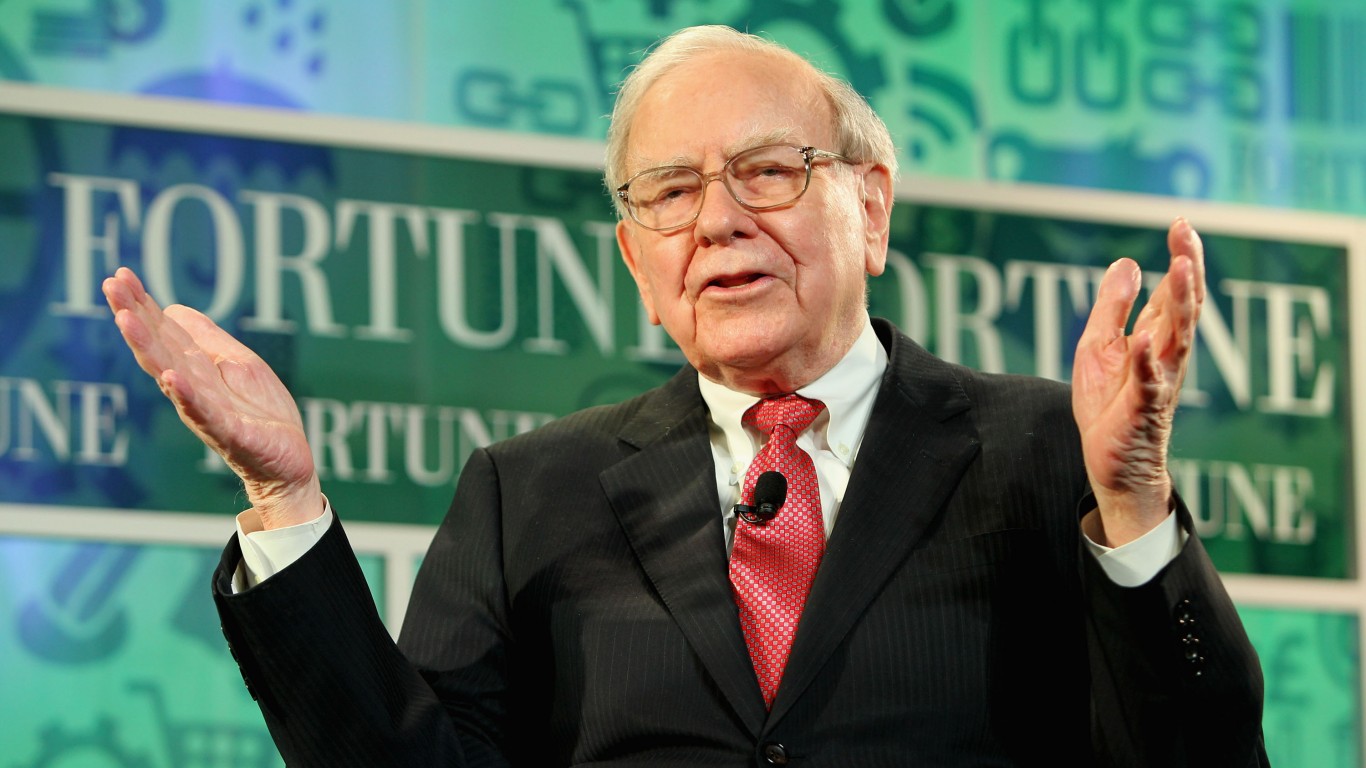It is not unusual for one analyst to have a very positive view of a company while another analyst has a negative view. For a similar situation in trading terms, many investors love to buy some stocks that have an incredibly high short interest. In the case of International Business Machines Corp. (NYSE: IBM), the post-earnings views were very diverse.
Where IBM gets very interesting is when you look at the most bullish analyst call on Wall Street versus the most bearish analyst call on Wall Street. It is a night and day view of Big Blue — or let’s just say polar opposites.
What is interesting is that both agree that earnings have not been impressive and have been helped by IBM’s endless financial engineering. Cost cuts that do not hurt revenue immediately add to earnings. And buying back stock at the rate that IBM buys back stock certainly acts as a boost to the earnings per share. Both analysts would also agree that the old core IT services business has been challenging.
Where the calls differ is where each analyst thinks IBM is headed. This is on new business efforts, management, corporate governance and how IBM will look ahead. 24/7 Wall St. wanted to review these analyst calls in depth. The biggest bull on Wall Street is Brian White of Cantor Fitzgerald, who has a Buy rating and $198 price target on IBM. Credit Suisse’s Kulbinder Garcha is the biggest bear on Wall Street, with an Underperform rating and a $125 price target.
White sees IBM’s performance as healthy when considering prior quarterly reports. He did note that IBM’s reiterated 2015 earnings outlook was back-end loaded. He also noted that IBM had risen nearly 7% from the intra-day low of two weeks ago and has a history of falling after earnings reports of late.
ALSO READ: 5 Merrill Lynch Stock Picks With Huge Cash Flow
Cantor’s report lowered the revenue estimate to $83.0 billion from $83.9 billion, and it adjusted the forecast to $15.75 from $15.88 in EPS. White further said:
Given skepticism around this turnaround and continued negative sentiment around IBM, the stock is trading at just 10.6 times our 2016 EPS estimate with an attractive 3% dividend yield and our model continues to suggest IBM’s sales cycle bottomed out in the second quarter of 2015 (and operating profit cycle bottomed in the fourth quarter of 2014).
Again, Garcha’s $125 target is the lowest official analyst price target on Wall Street. Garcha further lowered real earnings expectations after IBM posted another mixed quarter — EPS beat expectations at a time that revenues were light against expectations.
The Credit Suisse view is that IBM’s earnings per share was also helped out by a lower tax rate, and of course IBM did spend close to $2.3 billion buying back common stock in the quarter to help its financial engineering. Garcha said:
We believe the secular and structural challenges facing IBM remain and specifically we see limited improvement in services margins or software growth. On balance, guidance could again be challenging to achieve operationally. We adjust our EPS estimates slightly for 2015 and 2016 to $15.58 EPS and $14.66 EPS, and see a multi-year painful turnaround ahead.
It is always interesting to see the most bullish and the most bearish case in a company. Someone has to be wrong.
ALSO READ: 5 Top New Value Stock Calls From Jefferies
IBM shares were down 5.9% at $163.07 on Tuesday, and the morning trading on Wednesday had the stock down another 0.6% at $162.06. IBM’s 52-week trading range is $149.52 to $196.40, and the consensus analyst price target is $160.18.
Additional earnings data is as follows, most of which was taken directly from our prior post-earnings report.
Big Blue reported $3.84 in earnings per share (EPS) on $20.8 billion in revenue, versus Thomson Reuters consensus estimates of $3.78 in EPS on $20.95 billion in revenue, as well as EPS of $4.43 and revenue of $24.36 billion posted a year earlier. IBM did maintain that earnings would be in the range of $15.75 to $16.50 per share in 2015, with a modest increase in free cash flow.
Beyond earnings, IBM’s services backlog was $122 billion, up over 1% adjusting for currency. Free cash flow was up $800 million to $4.5 billion, and IBM sent $4.7 billion in capital back to its shareholders, with $2.4 billion in dividends and $2.3 billion in stock buybacks.
IBM’s Global Technology Services revenues were down 10.5% to $8.07 billion, with a gross profit margin of 36.6%. Global Business Services revenues were down 12% to $4.35 billion, with a gross profit margin of 27.4%. Software revenues were down 10.1% to $5.83 billion, with a gross profit margin of 87.8%. Systems Hardware revenues were down 31.7% to $2.06 billion, with a gross profit margin of 48.2%. IBM’s financing revenues were down 5.2% to $478 million, with a gross profit margin of 44.7%.
IBM is growing its cloud and analytics business, but those seemingly cannot grow fast enough to make up for the rest of the dragging issues. For cloud delivered as a service, IBM’s annual run rate of $4.5 billion, compared to $2.8 billion in the second quarter of 2014. Also, business analytics revenue was up more than 20%, adjusting for currency (up over 10% as reported).
This is where you can see how foreign exchange and past businesses comes into play. Revenue from continuing operations of $20.8 billion was down by 1% year over year, adjusting for currency and the divested System x business (nine points and four points, respectively). Still, this was down 13% as reported.
ALSO READ: 4 Top Integrated Device Chip Makers to Buy Now
Another view to consider here is the future of Ginny Rometty as CEO. Her job may ultimately be in jeopardy if things do not begin to improve soon. 24/7 Wall St. noted after earnings:
Rometty’s public comments are either a sign of self-delusion or a means to keep a job on which her grip weakens by the quarter. … Rometty’s comments try to support her case that IBM’s cloud efforts can grow quickly enough to offset the rapid fall in sales from its traditional businesses. As it turns out, the results show her efforts are not anywhere close.
Thank you for reading! Have some feedback for us?
Contact the 24/7 Wall St. editorial team.



